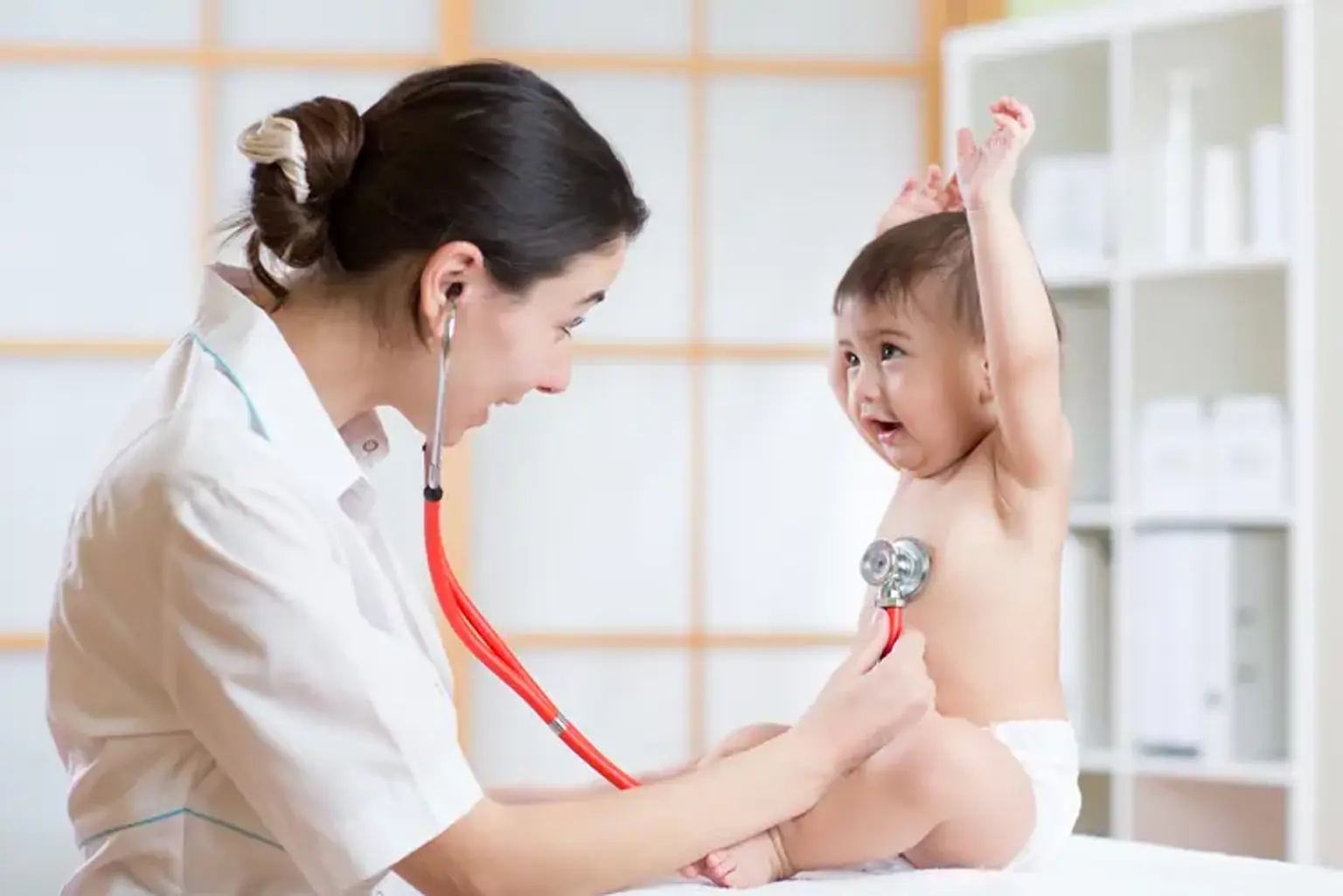General Pediatrics
Overview
Pediatrics (sometimes called paediatrics or paediatrics) is the area of medicine concerned with the medical care of babies, children, adolescents, and young adults. The American Academy of Pediatrics recommends people seek pediatric care until the age of 21, but some pediatric subspecialists continue to care for adults up to the age of 25. Worldwide age limits of pediatrics have been trending upward year after year. Pediatrics and its cognates are derived from the phrase "child healer."
two Greek words: (pais, meaning "child") and (iatros "doctor, healer"). Pediatricians work at clinics, research facilities, universities, general hospitals, and children's hospitals, as well as those who specialize in pediatrics (e.g. neonatology requires resources available in a NICU).
Good health, especially throughout childhood, leads to a healthy existence later in life. It also provides a positive atmosphere for children to grow and acquire important life lessons. As a result, it's critical to treat and manage any ailment that affects your child. This is to guarantee that he or she lives a long and healthy life.
